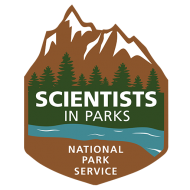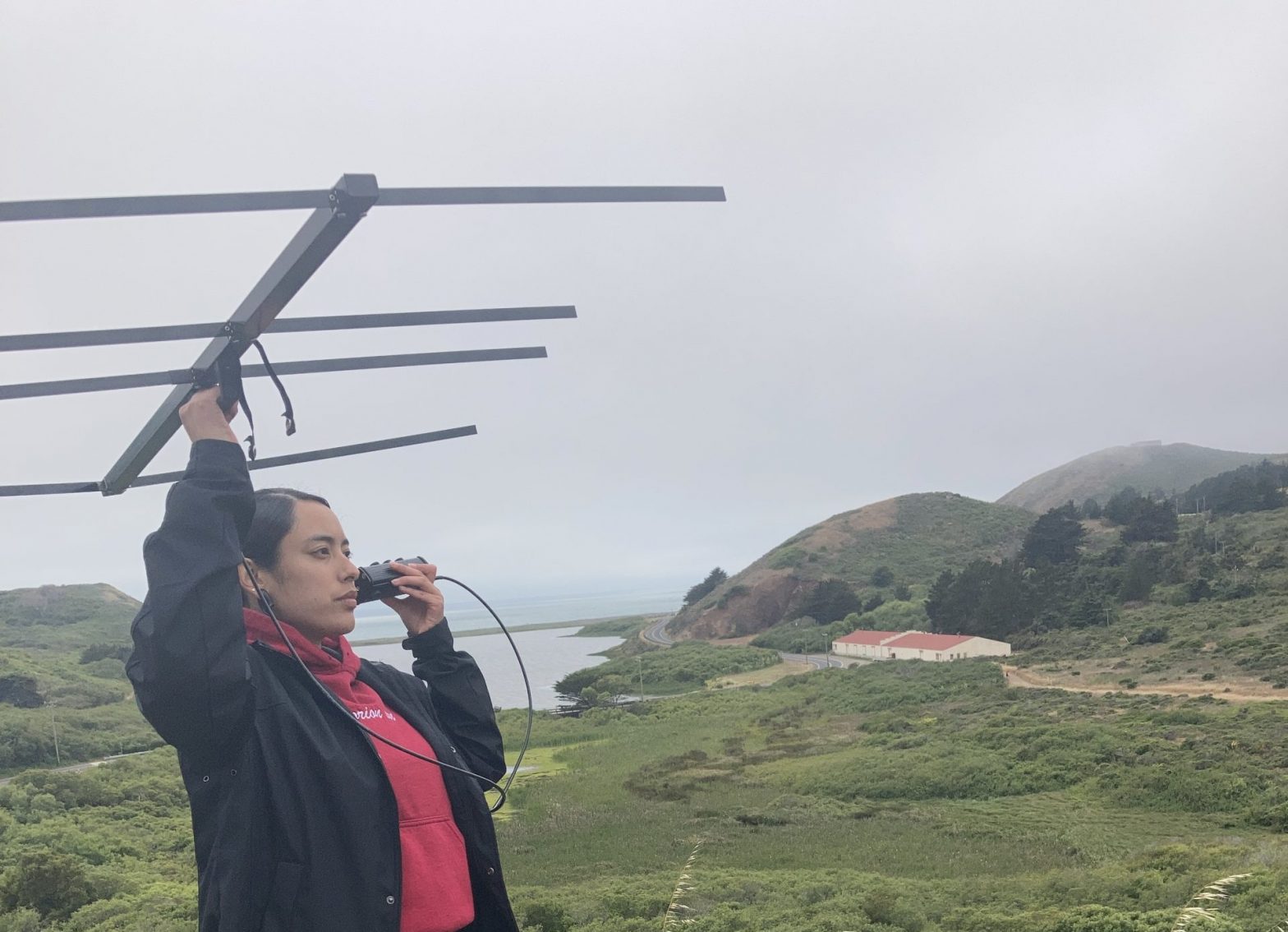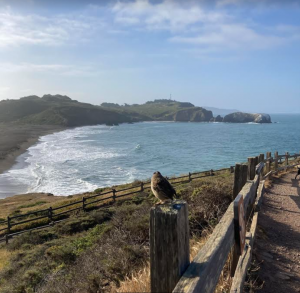
Imagine a foggy morning at the beach, hidden coves scattered throughout the coastline or rolling hills carpeted in coyote brush and sage. This landscape is nestled within the traditional territory of the Huimen tribe, the original inhabitants of what is now part of Marin County. My summer internship is based in the Marin Headlands, a seemingly secluded and magical place just beyond the one-way tunnel.
Coyote Project
My first day was foggy and cold. I held the telemetry antenna over my head while listening closely to the radio, we were tracking coyotes. As we pulled into a grassy lawn the first coyote appeared. She curiously looked over at us and sat down. My mentors were baffled, “it’s usually not this easy” we watched her through our binoculars until she walked back into the brush. We continued, “beep-beep, beep-beep” a strong signal for a young male coyote was coming in. Just as we were finishing our scan, we turned behind us and looked up. At the top of a gully, he looked down at us before disappearing over the edge. Encountering not only one but two coyotes on my first telemetry run ever was extremely lucky. My mentors suggest it’s beginner’s luck, I like to think that they were just welcoming me to the Headlands.
The coyote project began in September of 2020, it is the first coyote tracking project in the Headlands. It focuses on capturing basic geographic data from the collared coyotes. In addition to learning about their geospatial and temporal activities, it can inform what action can be taken to discourage interacting with humans. I am interested in investigating how human encroachment and activity influence the coyotes’ movements during low to high traffic times in the Headlands.
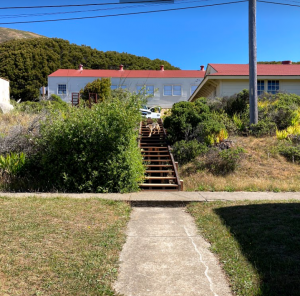
Northern Spotted Owl Project
When I am not looking for coyotes, I am usually out scaling steep Redwood forests in search of the elusive northern spotted owl sites. Looking for spotted owls sounds sophisticated and enchanting, but you’ll really be trekking through poison oak, deep duff, thick fern understory, and steep slopes descending into dry creeks. This summer we are surveying nesting sites to confirm whether they are successful. Every site is visited repeatedly, collecting data on age, the number of offspring, offspring success, and habitat data of successful sites. The northern spotted owl is recognized as a threatened species through the Endangered Species Act of 1990.
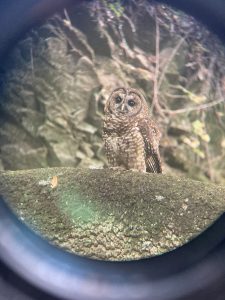
Initially, the main disturbance was excessive logging of old-growth Redwood forests, their preferred habitat. Today they face many challenges such as human development, increasing wildfires, forest degradation, and the invasive Barred owl species. Despite it all, they continue to thrive in Marin county. I have had the honor of witnessing them on multiple occasions, each interaction just as exhilarating as the one before
For additional content and updates follow my Instagram!
